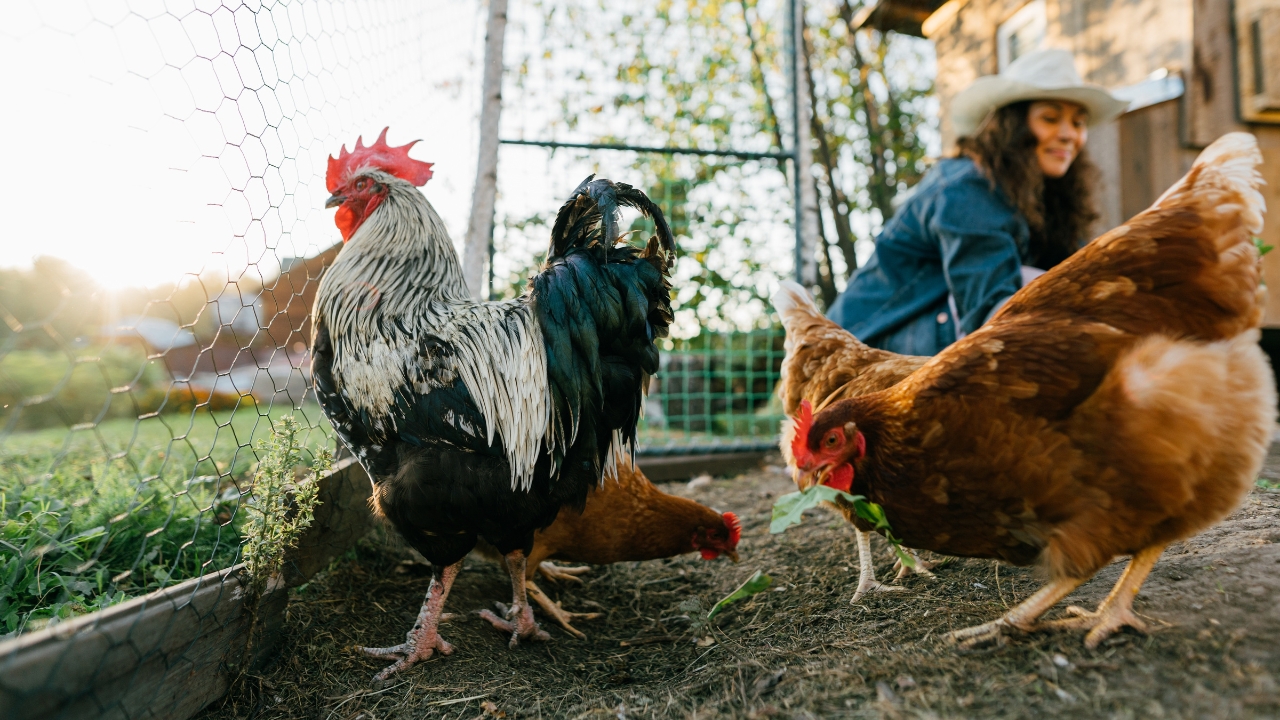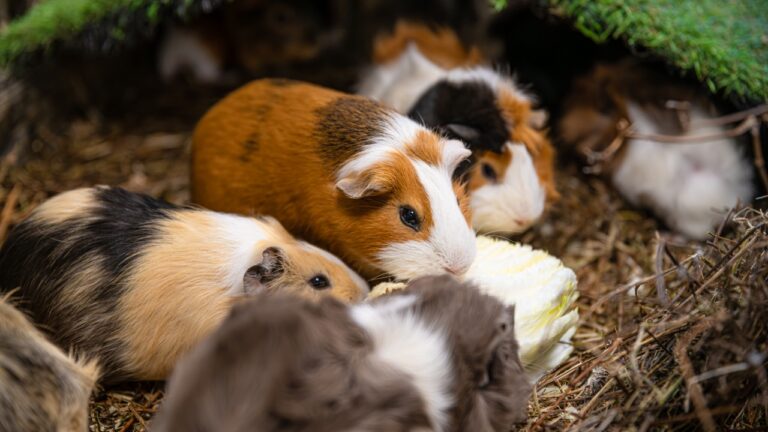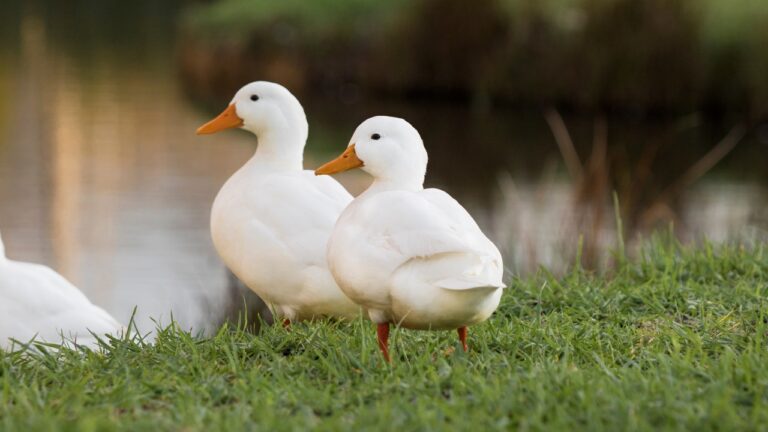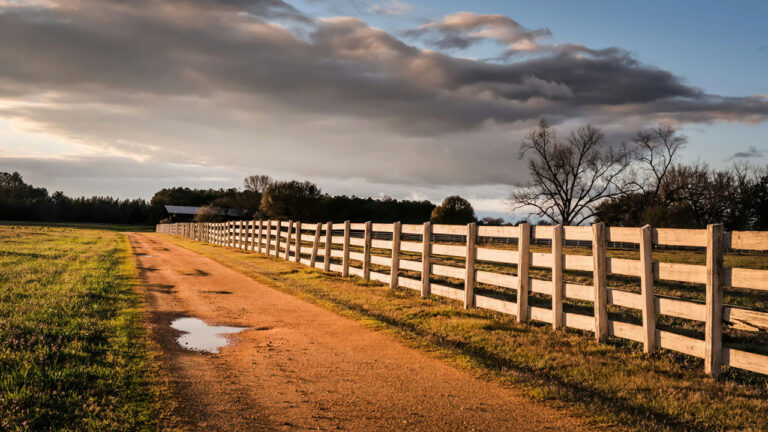9 Setup Details That’ll Make Farm Life Way Easier
Farm life isn’t glamorous—it’s a lot of early mornings, last-minute fixes, and trying to get it all done before dark. But the way you set things up can either add stress or take some of the load off. These are the kinds of details that don’t seem urgent until you’re living without them.
Water Access at Multiple Points
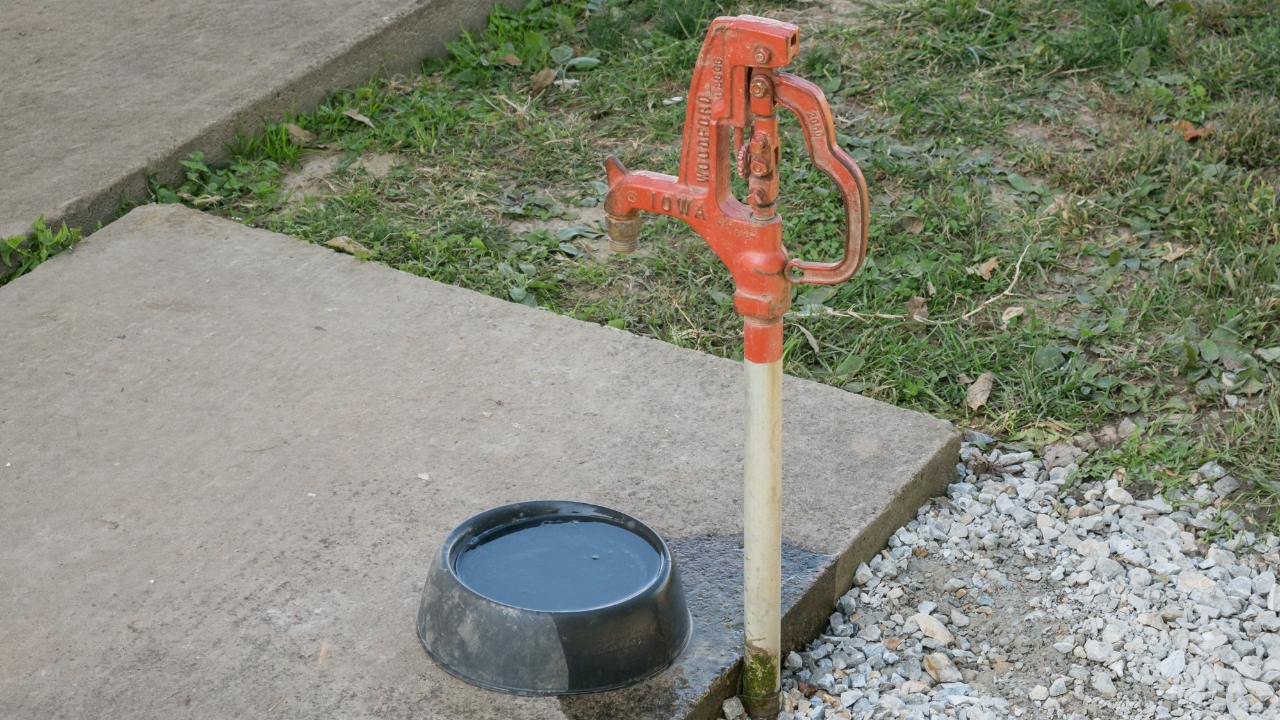
Dragging hoses hundreds of feet every day gets old fast. You need water access where you actually use it—by the animals, garden, and shop.
Adding frost-free hydrants or spigots early on makes everything easier. It’s way cheaper to install during setup than fix later after fighting frozen lines.
Gravel Where Mud Builds Up
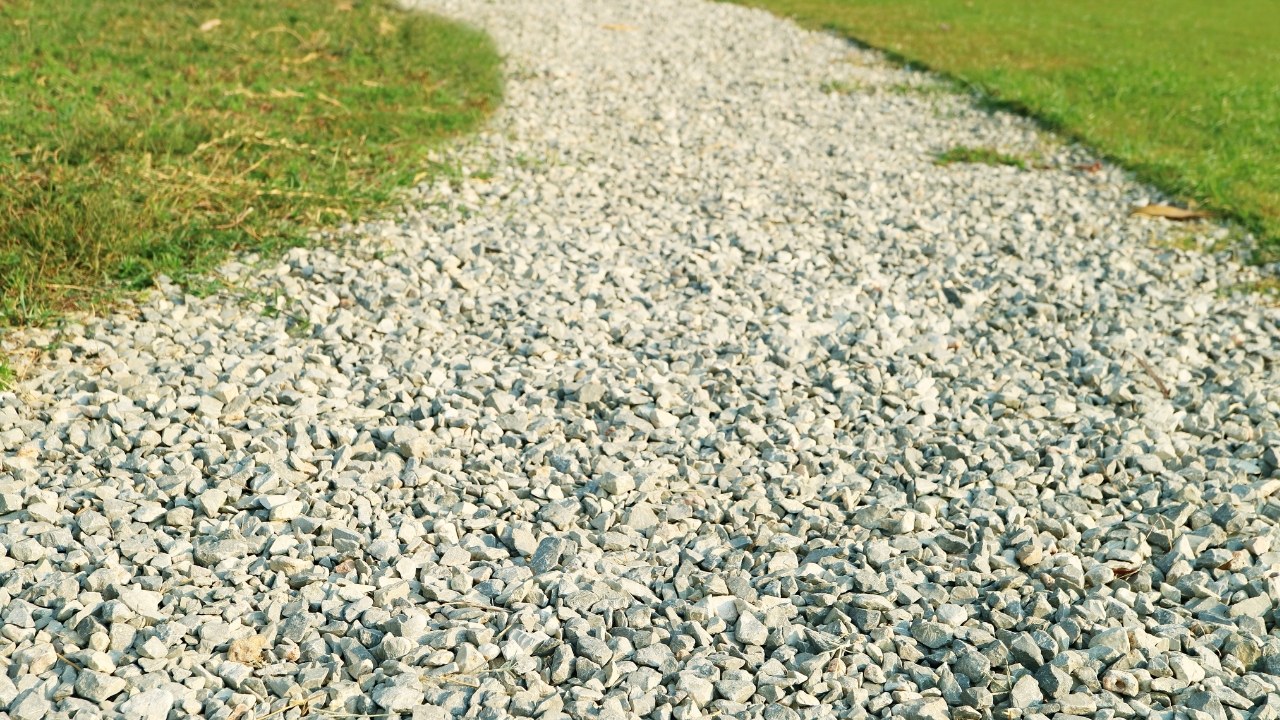
If you don’t add gravel to key areas, you’ll have boots stuck in the muck half the year. Animal paths, gates, and walkways get torn up fast.
Drop gravel early in the spots that stay wet. Even a few loads make a big difference in daily chores and equipment access.
Outlets Where You Actually Need Them
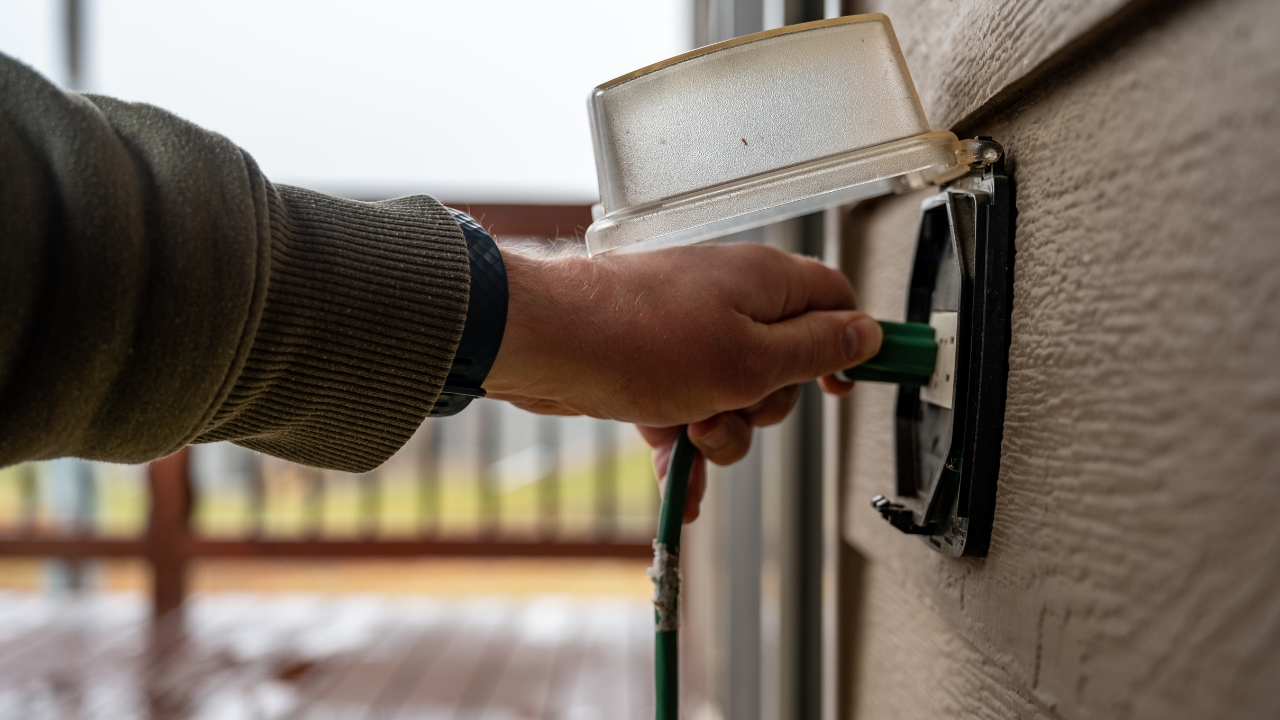
Too many setups have outlets only in the house or one shop wall. Then you’re stuck running cords or skipping tools because there’s no power where you need it.
Think ahead—add outlets near the coop, the garden, the trailer plug-in. You’ll use them more than you think.
Drive-Through Gates That Open Wide Enough

If you can’t fit your truck, trailer, or tractor through a gate without a 10-point turn, you’ll regret it every single day.
Set your gates wide from the start, and place them where it’s easy to turn in and out. Bad gate placement slows everything down.
Motion Lights in the Right Places

Early mornings and late nights mean doing chores in the dark. Motion lights near pens, gates, and doors can save you from trips, spills, and bad moods.
Solar options work well in a pinch, but hardwired lights tend to hold up better over time. Get them in before winter.
Tool Storage Close to the Action

Keeping all your tools in one shop sounds great—until you’re walking 200 feet every time you need a shovel or pair of pliers.
Add hooks, bins, or a weatherproof toolbox near each work zone. Fewer trips means faster work and fewer excuses not to fix something right away.
Clearly Marked Fencing Boundaries

If you don’t mark fence lines, gates, and property boundaries early on, you’ll deal with confusion, arguments, or even accidental trespassing.
Use T-posts, flags, or temporary markers until you get permanent fencing up. It helps with planning and avoids headaches with neighbors.
Shaded Areas for Animals

Even in cooler regions, animals need a break from the sun. Whether it’s a lean-to, tarp, or tree cover, plan shaded areas near feeding or resting zones.
Waiting until animals are overheating to rig something up usually means more stress and more damage to your setup.
A Place to Dump Waste and Debris

Farm cleanup happens constantly—old hay, broken parts, pulled weeds, barn mess. If you don’t have a dump spot, junk piles up fast.
Mark off a designated dump zone now, even if it’s temporary. It helps keep your main spaces usable and your projects moving.
*This article was developed with AI-powered tools and has been carefully reviewed by our editors.

